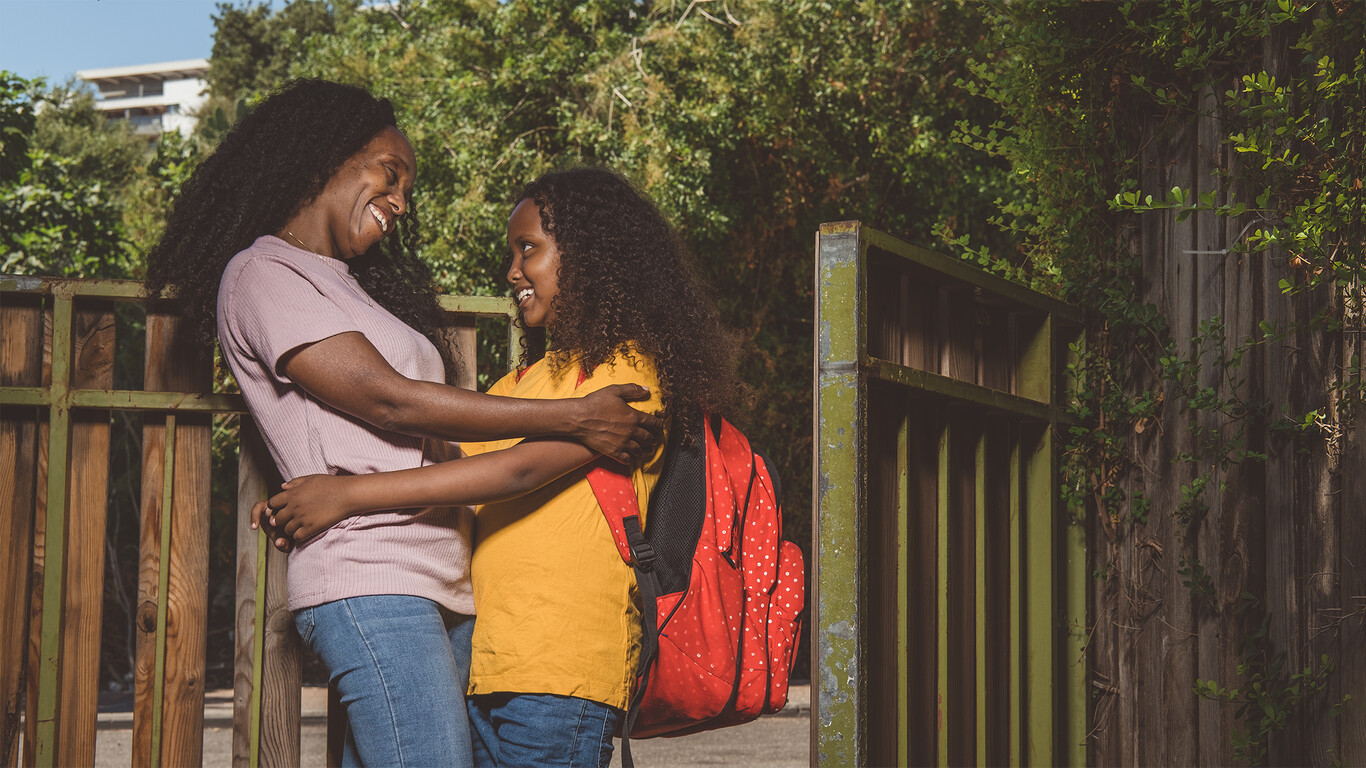Preventing Falls in Children
Correctly arranging and organizing the home can help prevent long falls, which have the potential of causing severe injuries to children. As parents, we must be aware during each developmental stage of our children and adapt the items they use and the environment at home to their age and physical ability.
Bed
- Make sure to keep an infant bed’s safety rail raised at all times.
- Move your child to a transitional bed or a child bed when he or she tries to get out of the infant bed unassisted, for instance, by raising a leg over the safety rail. Make sure that the child bed has a safety rail too.
- Avoid using a bunk bed until your child reaches the age of 6, because children may fall from the top bunk.
- Remember to choose a bed that complies with the Standards Institution of Israel’s standard.
Furniture and caution in the child’s room and outside the room
- Make sure that the furniture in the child’s room suits the child’s height and no item poses a danger of injury.
- Teach your child to climb up and down stairs safely, as well as mounting chairs, sofas and playing ladders safely, at home and in the playground alike.
Bath
- Install a grab bar in the bath or shower.
- Add an anti-slip surface (a mat or stickers).
- Tell your child not to play in the bath standing but only sitting.
- Teach your child how to enter the bath without slipping.
Arranging the house to prevent accidents and falls
It is a good idea to arrange and organize the house and install safety accessories that may reduce potential dangers for infants and children.
- Doors: install a slam prevention device to doors in the house.
- Bars: install bars in windows or restrict the window opening to 10 cm. Make sure to leave one opening in the house without fixed bars to permit escape in an emergency.
- Fixing of furniture: heavy furniture and items that are more than 90 cm high such as bookshelves, chests of drawers and televisions should be fixed to the wall using suitable fixtures.
- Ladders and stools: do not keep items that allow for climbing, such as ladders, chairs and stalls, near windows or under them.
- Balcony and roof: playing on balconies and rooftops that have safety barriers requires constant supervision. Prevent children from going onto patios and rooftops unaccompanied.
Stairs at home
- Install a gate that automatically shuts at the bottom and top of the staircase. Make sure it is always shut.
- Install a standard banister alongside the stairwell (horizontal rungs up to 10 cm apart or a smooth surface).
- Never leave an infant unattended near stairs.
Safety barriers on balconies and at home
Install on the balcony a safety rail of at least 130 cm height and make sure to locate objects on the balcony in a way that children cannot climb up to the safety rail height.
- Gaps in safety rails: in the case of a safety rail with gaps, as is the case for aluminum rails, these gaps must be narrow so that a child cannot pass their head through them. The standard defines a width of up to 10 cm and for a glass safety barrier no more than 2 cm.
- Safety barrier height: should be 105 cm high or greater. A height that is too low may be safe for boys and girls, but the standard applies to the safety of older people too.
- Decorations and protuberances: a safety barrier should have no decorations or protrusions because any such embellishment may help children climb the barrier.
Important
Important
A safety barrier is required wherever there is a height difference of 60 cm or more, so this does not apply only to the outdoor patio on high stories, but also to a home that is divided into multiple levels with more than a 60 cm height difference between them.
Windows and bars
- On windows, install bars or accessories to prevent opening of the windows by more than 10 cm.
- Consider installing a safety screen and use it to fence off the balcony.
- Choose anti-intrusion bars, which are also useful to prevent children from falling.
- Keep furniture such as beds, chests of drawers and chairs away from windows.
- Never stand next to an open window or balcony while holding a child in your arms.
- There is a wide selection of accessories for preventing falls from windows. Choose products that suit the windows in your house.
*The foregoing does not constitute a recommendation of any product. Any purchase of a safety product requires checking its suitability for the specific circumstances and is the consumer’s sole responsibility.
First aid in the case of a fall
If your child has experienced one of the following injuries, it is important to seek medical attention as soon as possible:
- A fall of more than one meter height.
- Falling on a sharp object.
- Falling from a window or down stairs.
- In any case of worrisome signs such as a change in consciousness, repeated vomiting or change in behavior.
This article was written with the assistance of Beterem - center for child safety and health.

















